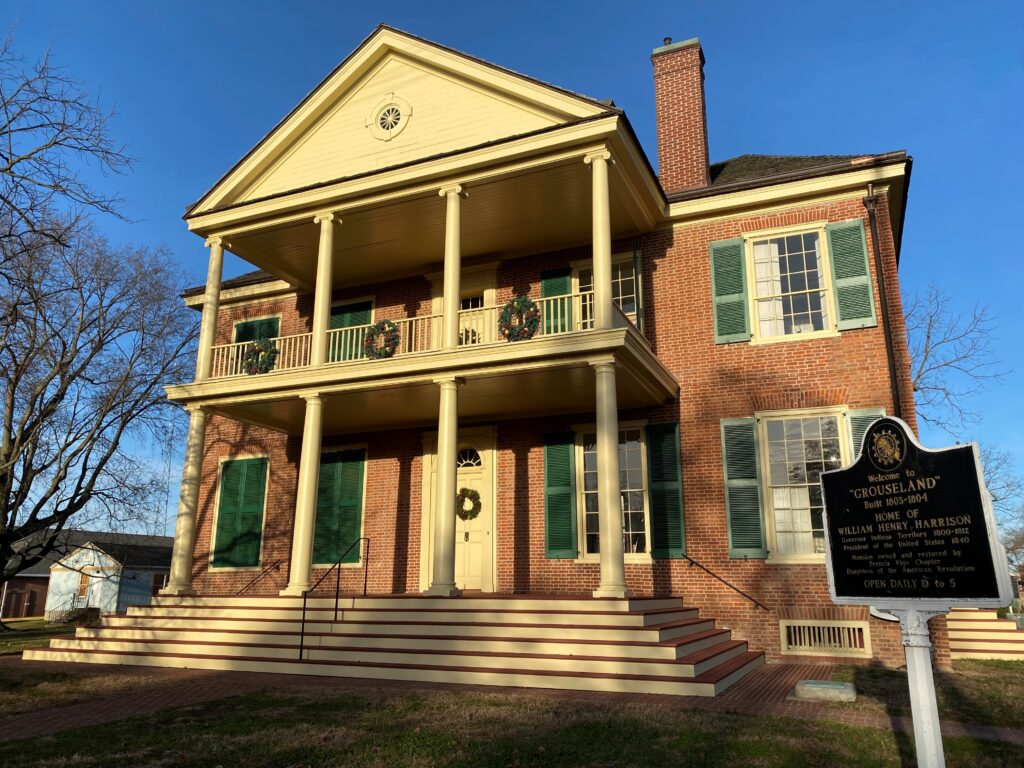Grouseland, also known as the “Whitehouse of the West,” was the home of President William Henry Harrison, the ninth president of the United States. This historic building, located in Vincennes, Indiana, is not just a home, but also a government building and a fortress. Built from 1802 to 1804, Grouseland was the first brick home in the Indiana Territory and has a rich history that is worth exploring.
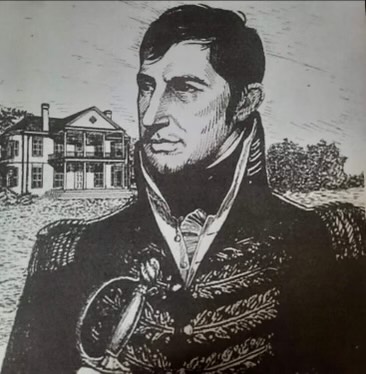
The Early Days of Grouseland
In 1800, the Indiana Territory was established, and the city of Vincennes became the territorial capital. In the same year, William Henry Harrison was appointed as the governor of the Indiana Territory. As a military man and a politician, Harrison needed a suitable home to live in and conduct his official duties.
Harrison selected a site near Fort Knox II, where the Wabash and the White Rivers meet, to build his home. The location provided a strategic advantage in case of a Native American attack. The home was built in the Georgian style and was the first brick home in the Indiana Territory. Grouseland was built to serve multiple purposes, including as a family home, a government building, and a fortress.

Liberty Federal Credit Union.
The Name “Grouseland”
The origin of the name “Grouseland” is not entirely clear. Some historians believe that the name came from the abundant supply of grouse birds in the area. Others speculate that the name came from the French term “grouiller,” which means to move about or stir up. Harrison himself referred to his home as “Grosvenor,” but the name “Grouseland” became more popular over time.
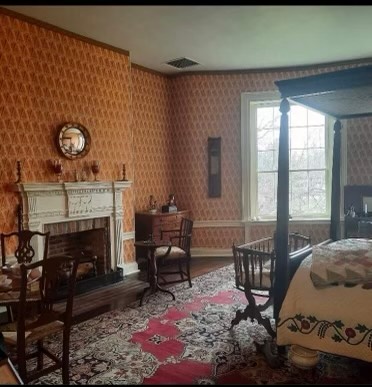
The Design and Architecture of Grouseland
The estate was designed by a prominent architect of the time, William Lindsay, who also designed the Indiana Territory Capitol Building in Corydon. The home was built with locally sourced brick and wood, and it featured a hipped roof with dormer windows, a pedimented central entrance, and a symmetrical façade.

First Vincennes Savings Bank
The first floor of Grouseland featured a formal parlor, a dining room, a drawing-room, and a library. The second floor had bedrooms for the family and guests, as well as a ballroom that could accommodate up to 100 people. The home also had a basement, which was used as a kitchen, storage area, and servant quarters.
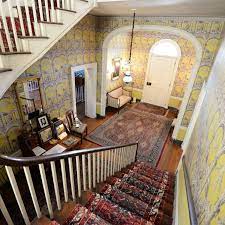
Grouseland: More Than Just a Home
This bulding served as the center of political and social life in the Indiana Territory. Harrison conducted official business from his home, receiving visitors, and meeting with Native American chiefs to negotiate treaties. The home was also used as a courtroom, and Harrison presided over several court cases from his home.
In addition to being a government building, Grouseland was also a fortress. The home had a stockade wall built around it, which was designed to protect the residents from a possible attack by Native Americans. The wall was made of pickets and had a gate that was guarded by soldiers.
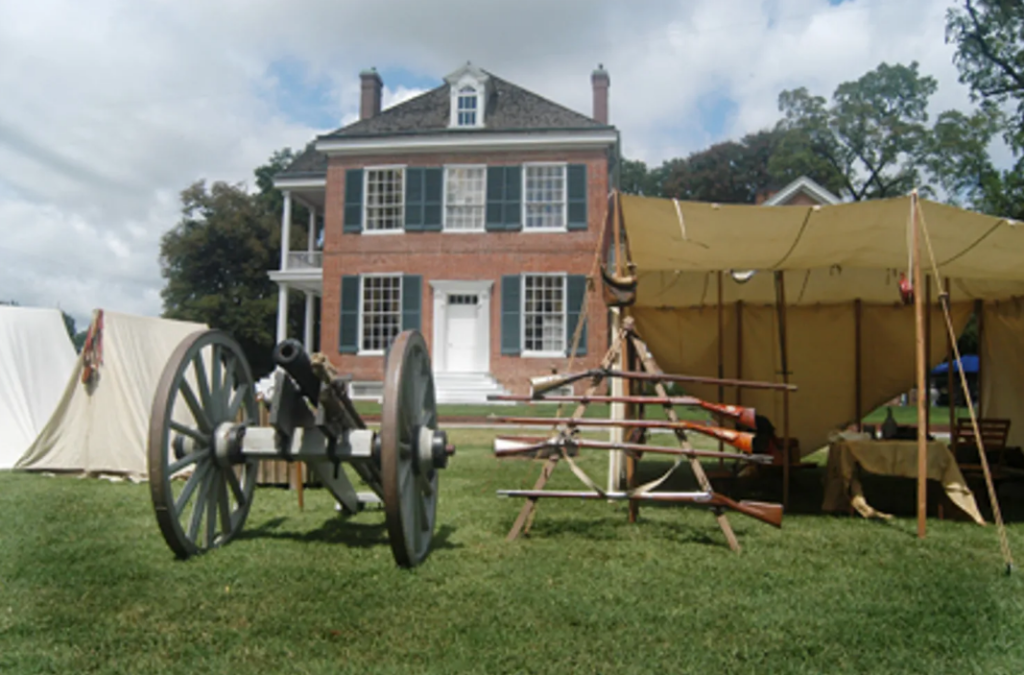
Grouseland and the Earthquake of 1811
One of the most notable events in the history of Grouseland was the New Madrid earthquake of 1811. This earthquake was the largest earthquake in American history and was felt as far away as New York City. Grouseland, being located near the epicenter of the earthquake, sustained significant damage. The walls of the home cracked, and the chimneys collapsed. Harrison had to have the home extensively repaired.
Grouseland: A Treasure Trove of Artifacts
Grouseland is not just a historic home; it also houses many original Harrison artifacts and time period furnishings. The artifacts on display include furniture, clothing, and personal items that belonged to President Harrison and his family. Visitors can see the president’s writing desk, the family’s dining table, and other items that provide a glimpse into the daily life of the Harrisons.
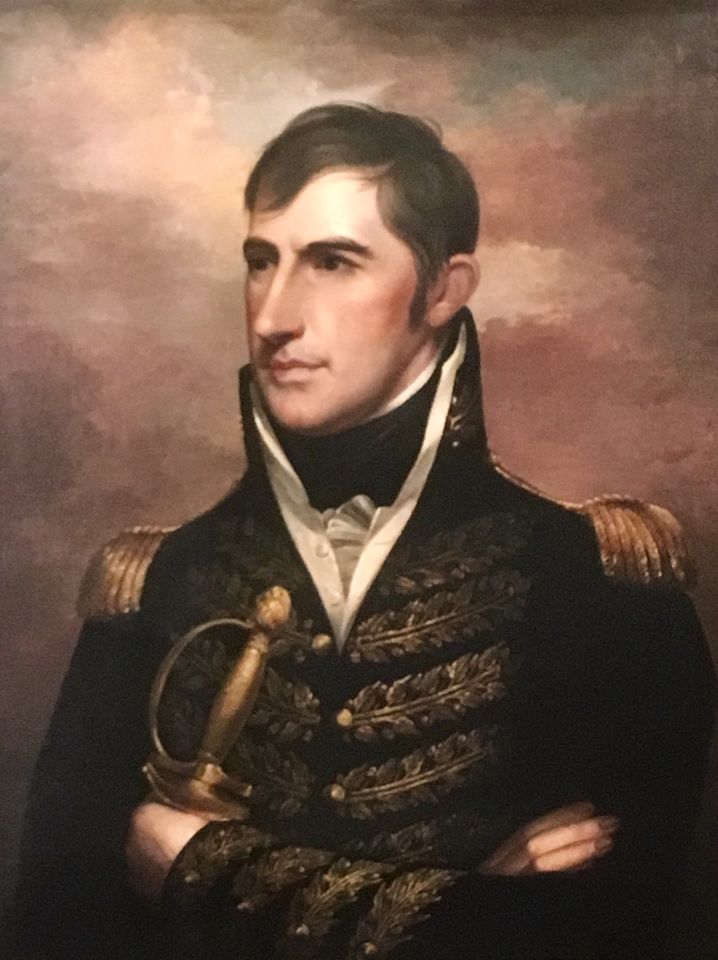
The home also contains several portraits of William Henry Harrison, including a famous painting by James Reid Lambdin. The painting shows Harrison in his military uniform, and it is considered one of the best portraits of the president.
Amoung other things, the artifacts and furnishings, the grounds of Grouseland are also worth exploring. The home is surrounded by a beautiful garden, which was designed to be both functional and ornamental. The garden includes fruit trees, vegetables, and herbs, as well as flowers and shrubs.
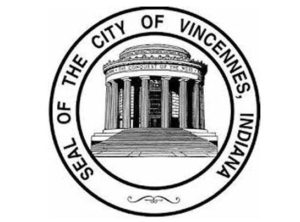
The City of Vincennes
Preserving Grouseland for Future Generations
Grouseland has been a historic site since 1915 when it was donated to the state of Indiana by the Harrison family. Today, Grouseland is managed by the Francis Vigo Chapter of the Daughters of the American Revolution and the Grouseland Foundation Board Members who work to preserve the home and its history.
Preserving Grouseland is a challenging task. The home is more than 200 years old and has sustained significant damage over the years. In addition to the earthquake of 1811, the home has been damaged by fires, floods, and neglect.
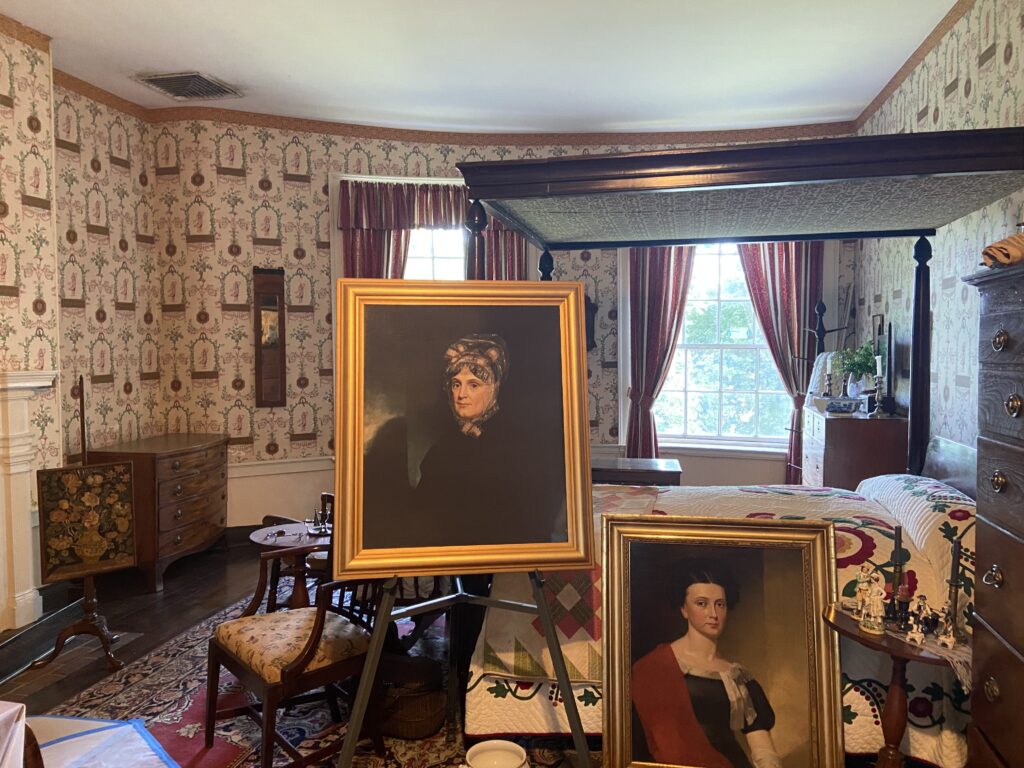
Visiting the Presidents with Joe Faykosh
Despite these challenges, the Daughters of the American Revolution have worked tirelessly to preserve Grouseland. The home has undergone extensive restoration, and many of the original features have been preserved or restored. Today, visitors to Grouseland can see the home as it would have looked in the early 1800s.
Conclusion
Grouseland is a historic home with a rich and fascinating history. It served as the home of President William Henry Harrison, a government building, and a fortress. Grouseland was also the site of significant events, including the New Madrid earthquake of 1811.
Today, Grouseland is a treasure trove of artifacts and time period furnishings. Visitors can see the president’s writing desk, the family’s dining table, and other items that provide a glimpse into the daily life of the Harrisons. The home is surrounded by a beautiful garden, which was designed to be both functional and ornamental.
Preserving Grouseland for future generations is a challenge, but the Daughters of the American Revolution are committed to preserving this important piece of American history. Whether you are a history buff or just looking for an interesting day trip, Grouseland is a must-see destination.
Get Involved
Supporters who are interested in donating to the preservation of Grouseland can visit the Grouseland.org website. It is through generous contributions from visitors that the museum is able to maintain and preserve the historic property and estate.
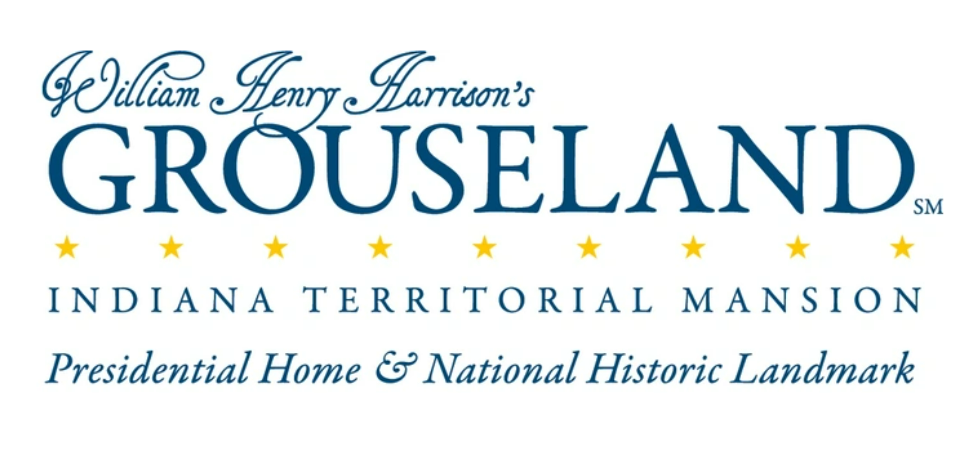
See more historical sites in the article 4 Sites You Need To See In Vincennes Indiana

